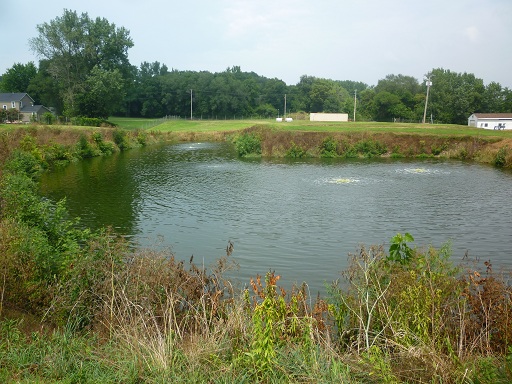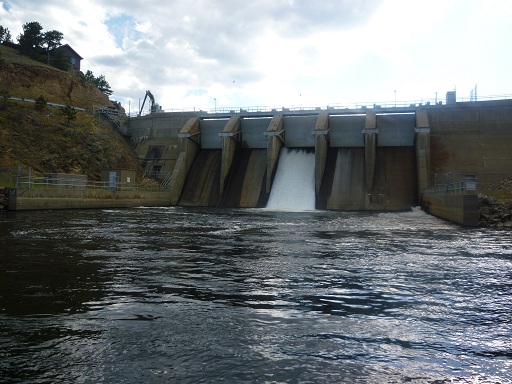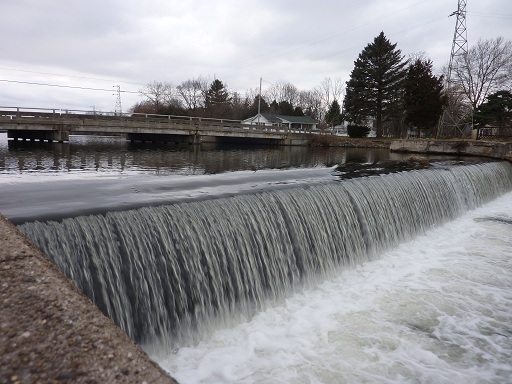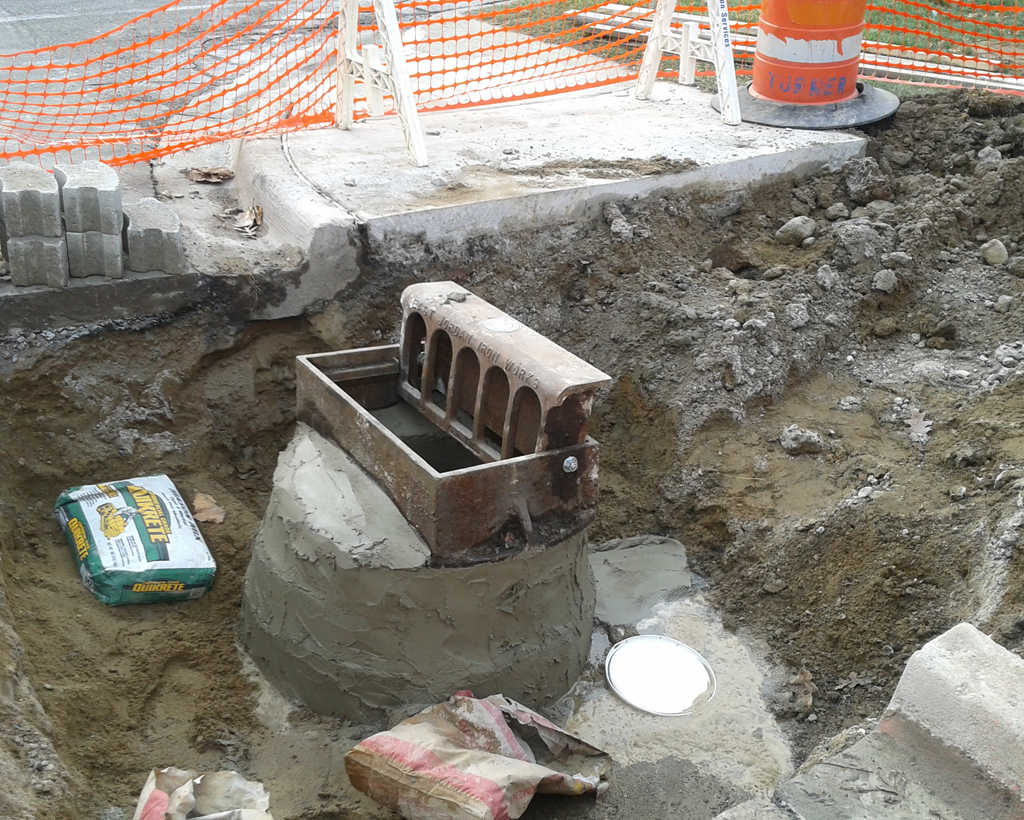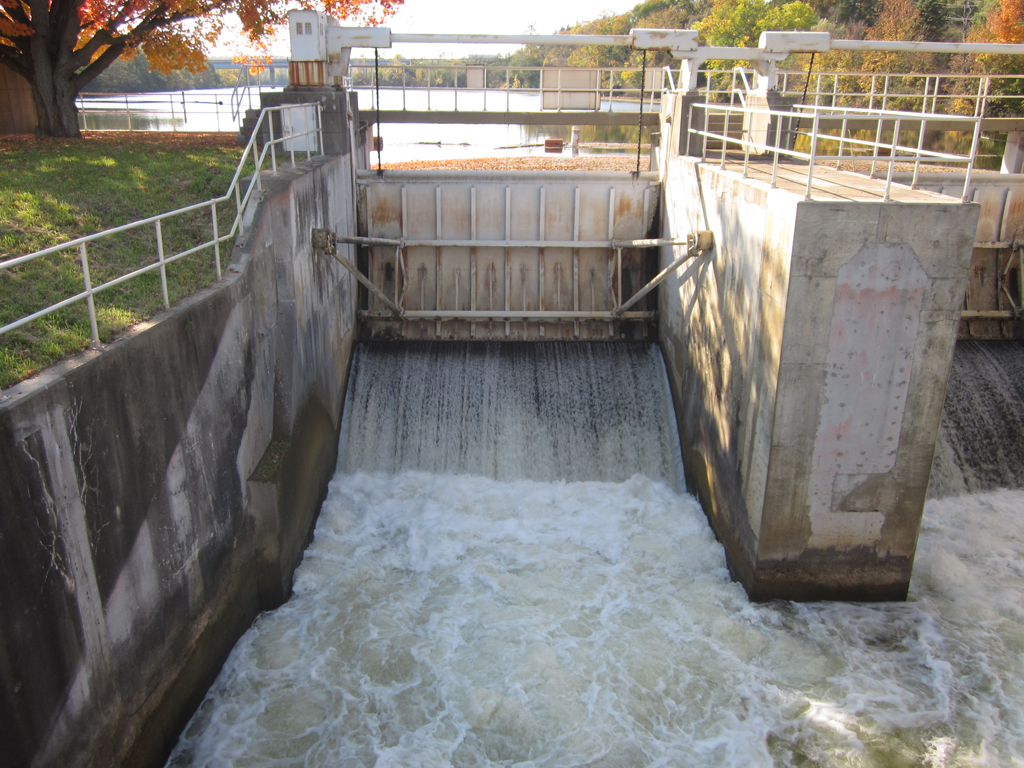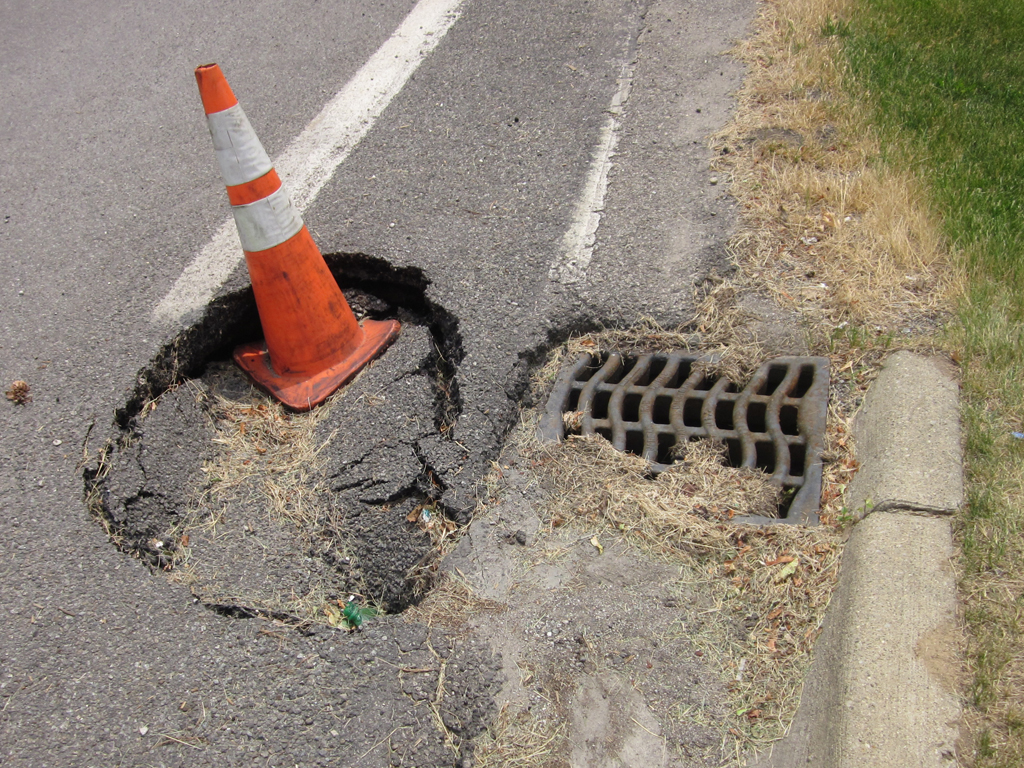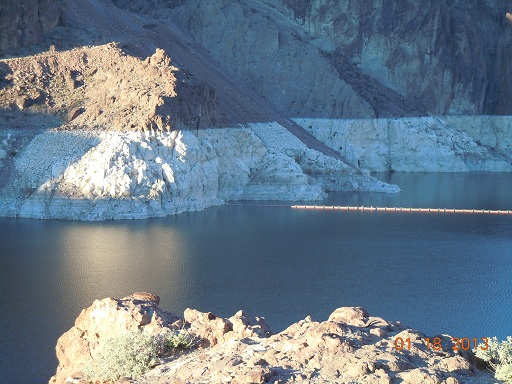
Photo Credit: Jessie Benaglio
You can see the varying water line on the rock near the Hoover Dam. The original water line is where the water started for the formation of Lake Mead while the Hoover Dam was being built. The Colorado river had to be re-routed for the construction of the Hoover Dam, originally known as Boulder Dam because of its location near Boulder City. Other dams were built to hold the water in for Lake Mead, which is the largest man made lake in the United States. The water level has not been as high as the water line because of the droughts since 1953. The lake draws most of its water from the snow melt from Colorado, Wyoming, and the Utah Rocky Mountains.
